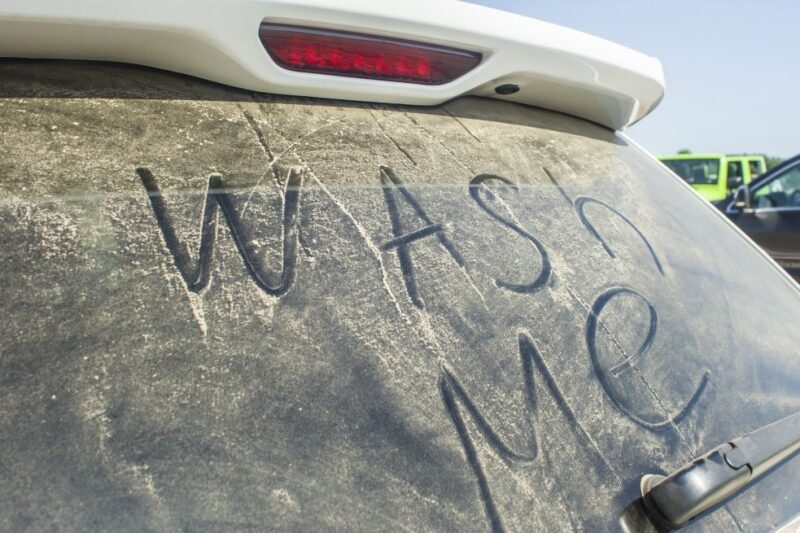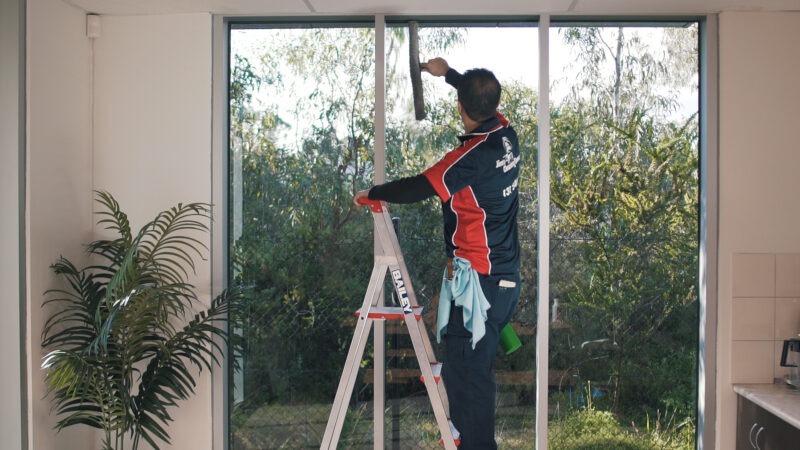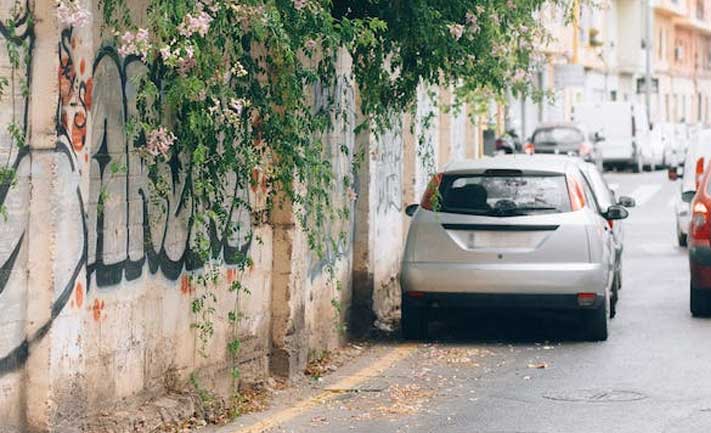How To Clean Leather

Leather furniture instantly elevates the look of any room with its sleek, luxurious aesthetic. However, without proper care, leather upholstery can become dried out, cracked or stained over time. Learning the best cleaning methods for your leather furniture helps maintain its supple feel and elegant appearance over years of use.
In this guide, we’ll share tips on how to clean leather furniture effectively without causing damage, as well as signs that you should seek professional help for your leather items.
Why regular leather cleaning is important
Dust and dirt buildup on leather furniture makes it appear dull and feel rough to the touch. Skin oils, hair products and other residues can leave unsightly stains. Spills that go uncleaned can lead to permanent discolouration or damage to leather. Ignoring proper care often shortens your leather furniture’s lifespan and leads to premature cracking or peeling.
Leather cleaning supplies you’ll need
Having the right supplies for cleaning leather on hand makes the cleaning process easier:
- Leather cleaner or saddle soap
- Soft cloths and sponges
- A toothbrush or other gentle scrubbing brush
- Cotton towels
- Leather conditioner
Tips for cleaning all types of leather furniture
Leather furniture comes in many forms, from buttery soft Italian leather sofas to durable faux leather office chairs. Here are the best ways to clean leather in general:
- Vacuum weekly — Use a soft brush attachment and gently glide it over all leather upholstery to lift away loose dirt, crumbs and dust.
- Spot clean spills promptly — Immediately blot wet spills with an absorbent cloth before they have a chance to soak in and stain. Avoid aggressively rubbing the area, which can drive spills further into the leather.
- Clean gently with leather soap — Mix leather soap with water and dampen a soft cloth. Test first in an inconspicuous area. Wipe away built-up soil using light, circular motions.
- Apply leather conditioner for genuine leather — Every two to three months, apply a thin coat of conditioner and buff gently with a soft cloth once dry. This keeps the leather flexible and conditioned.
Now let’s explore the specifics of cleaning and caring for different leather furniture types in your home.
Caring for genuine leather and rugs
Genuine leather made from animal hides represents the highest quality and most natural form of leather, which develops a beautiful patina over time. However, it also requires the most careful handling during cleaning.
Here’s how to clean leather made from genuine materials:
- Test cleaners first since harsh chemicals can strip the finish from fine leather. Opt for a pH-balanced saddle soap instead.
- Dampen a microfibre cloth and massage a small amount of soap into the leather using gentle, circular motions.
- Rinse the cloth frequently as you clean to prevent transferring dirt back to the surface as you clean leather.
- Allow leather to air dry instead of actively drying to prevent damaging the finish.
- Condition every two to three months with a leather conditioner that’s specifically formulated for genuine hides. Use a fresh cloth to gently buff the conditioner once absorbed.
Caring for faux leather furniture and rugs
Faux leather closely mimics the look and feel of real leather, making it a stylish, animal-friendly alternative to genuine hides. Cleaning methods differ slightly for this synthetic material.
Follow these tips when cleaning leather made from faux materials:
- Check the tag first since cleaning methods can vary between manufacturers. Some faux leathers only require water and mild soap, while others respond best to leather cleaners.
- Dampen a cloth with the recommended cleanser. Test on an inconspicuous spot before wiping down the whole surface using gentle motions. Avoid over-wetting or soaking the material.
- For cracks or signs of wear on older faux leather, apply a thin layer of vinyl conditioner instead of traditional leather products, which can further damage synthetic materials.
- Store faux leather furniture away from direct heat sources like radiators or fireplaces that can cause cracking over time.
Cleaning suede leather surfaces
Lovely, velvety suede remains a popular upholstery choice for its soft texture. However, it requires very careful cleaning methods to avoid damage. Follow these suede leather cleaning tips:
- Use a soft brush or cloth to gently lift dried dirt or crumbs instead of vacuuming forcefully, which can snag delicate suede.
- Blot spills immediately with an absorbent cloth. Avoid rubbing and allow the suede to dry thoroughly before using it.
- Clean with great care using a suede leather cleaner and brush formulated specifically for delicate suede. Never use saddle soap or conditioners. Test first on an inconspicuous area.
- Avoid using extreme heat. The heat from hairdryers or direct sunlight can alter the nap, creating permanent water stains.
Caring for exotic hide rugs
Nothing imparts safari-style glamour quite like zebra, cow or sheepskin hide rugs. As they can be quite expensive investments, proper care and maintenance are necessary. Here’s how to clean leather hides:
- Vacuum the hairy side delicately using a brush attachment once weekly to remove loose dirt and debris. Avoid forceful suction.
- Blot spills immediately on rugs to prevent stains, then spot clean gently with a small amount of rug shampoo on a soft damp sponge.
- For deeper cleaning annually, have hide rugs professionally cleaned by a service specialising in delicates to avoid damaging these expensive investments. Harsh chemicals and improper drying can cause hides to harden or shed excessively.
Preventative methods for keeping leather furniture and furnishings clean
Preventative maintenance is key in keeping your leather items in pristine condition. These tips can significantly extend the life and beauty of your leather goods:
- Applying a leather protector is an essential step in preventative maintenance. It forms a barrier against spills, stains and wear, making future leather cleaning much easier.
- Avoid eating or drinking on leather furniture and rugs to prevent spills and crumbs.
- Prolonged exposure to sunlight or heat sources can cause leather to dry out, fade or crack. Position leather furniture away from direct sunlight and avoid placing it near heat sources.
- When it comes to cleaning leather, it’s vital to avoid harsh chemicals or abrasive cleaners as these can damage the leather. Stick to products specifically designed for leather care.
- For deep cleaning or when dealing with tough stains on leather, consider professional leather cleaning services. Experts have the right products and techniques to clean leather without causing damage.
Signs of severe leather damage
When it comes to leather care, recognising the signs of severe damage is crucial. These indicators usually mean that you should seek professional help.
- One of the most obvious signs of leather damage is the presence of deep cracks or tears. This usually indicates that the leather has become excessively dry and brittle, often requiring more than just regular leather cleaning techniques.
- If the leather’s surface starts to peel or flake, it’s a sign of serious deterioration. This condition often results from age, harsh environmental conditions or the use of inappropriate cleaning products.
- Leather should have a certain degree of flexibility. If it feels unusually stiff or brittle, it’s likely to be severely damaged. This can be due to a lack of conditioning, extreme dryness or exposure to damaging elements.
- The presence of mould or mildew is a critical issue, indicating that the leather has been exposed to excessive moisture. This not only damages the leather but can also pose health risks.
In cases of leather damage like the cases above, regular strategies might not suffice. It’s often necessary to seek professional help for leather cleaning and restoration.
Get in touch with Jim’s Cleaning for all your leather cleaning needs
For those challenging situations where your leather items need more than just a regular clean, Jim’s Cleaning is here to assist. Our leather cleaning and protection services are specifically designed to rejuvenate and maintain the quality of your leather, ensuring it remains a luxurious feature in your home or office.
We understand that each type of leather has its unique care requirements, and our team is equipped with the skills and knowledge of the best ways to clean leather. Whether it’s a cherished leather sofa or a suede rug, we’re committed to providing the best care with our upholstery cleaning services.
To find out more about how we can help keep your leather in top condition or to get a personalised solution for your leather care needs, please contact our team and request a free quote.



